Exploring the vibrant world of underground music offers a fascinating glimpse into a scene rich with raw talent, innovative styles, and a deep connection to cultural roots. Defined by its authenticity and independence, underground music serves as a counterpoint to mainstream trends, offering a platform for artists who dare to challenge conventions. This article dives into the essence of underground music, examining its diverse genres, the artists who shape its sound, and the factors that contribute to its unique appeal. From the pulsating rhythms of underground rave music to the introspective lyrics of indie folk, we’ll uncover the stories behind these musical movements and the analysts who study them. Whether you’re a seasoned music enthusiast or new to the scene, this exploration of underground music analysis will shed light on the creativity and resilience driving this dynamic culture.
Key Takeaways
- Understanding the Difference: EDM and Underground Music differ in production styles, audience appeal, and cultural contexts, with EDM being more mainstream and Underground focusing on niche, authentic scenes.
- EDM Characteristics: EDM encompasses various subgenres like house, techno, and trap, featuring polished production, commercial success, and large-scale festivals such as Tomorrowland and Ultra.
- Underground Music Niche: Underground Music is characterized by experimental, lo-fi production, smaller, intimate gatherings, and a dedicated, passionate audience drawn to independent artists.
- Comparison Insights: While EDM targets a broad audience, Underground Music appeals to a dedicated community, with differing production values and cultural impacts.
- Current EDM Terminology: EDM is now widely recognized, encompassing subgenres like house, techno, trance, and drum and bass, with major festivals showcasing its global appeal.
- Underground Rave Culture: Rooted in the 1990s rave movement, Underground Rave Music features diverse subgenres, influential artists, and a rebellious subculture focused on immersive, energetic experiences.

What Defines Underground Music?
Underground music refers to independent artistic expressions that operate outside mainstream commercial channels. This unique subculture thrives on authenticity, originality, and a connection to diverse audiences. Below are key aspects that define underground music:
- Independent Distribution : Underground artists often bypass traditional record labels, distributing their work through platforms like Bandcamp, SoundCloud, and other digital outlets. This allows them to retain creative control and experiment freely without commercial constraints.
- Diverse Genres : Underground music encompasses a wide range of genres, including lo-fi, experimental, avant-garde, and noise music. These genres often fall outside the mainstream radar, showcasing the genre’s eclectic nature.
- Authenticity and Originality : Underground artists frequently create music that reflects their personal identity and experiences. This authenticity fosters a genuine connection between creators and listeners, fostering a loyal and engaged community.
- Global Phenomenon : Underground music exists in various global regions, each with its unique scene. Countries like Japan, Brazil, and South Africa have thriving underground music cultures, characterized by their distinct sounds and cultural influences.
- Online Communities : The rise of digital platforms has enabled underground artists to build communities and share their work. Social media, forums, and streaming services have become vital tools for connecting artists with fans worldwide.
- Cultural Resistance : Underground music often serves as a platform for political, social, or cultural resistance. Artists use their music to express perspectives that may be marginalized or underrepresented in mainstream media.
- Evolution and Growth : With the advent of the internet, underground music has gained momentum, allowing more artists to reach global audiences. This democratization of music creation and distribution has led to a flourishing of diverse sounds and styles.
Underground music stands as a testament to the power of independent creativity and the enduring appeal of authentic, unfiltered artistry. Its continued evolution reflects the dynamic nature of modern music culture.
What Makes a Music Artist Underground?
An underground music artist is typically defined by their independence from mainstream systems and structures. Here are the key characteristics that set them apart:
- Distribution Channels : Underground artists often bypass traditional distribution methods, such as major record labels, and instead release music through independent platforms, digital stores, or direct-to-fan channels.
- Audience Focus : They tend to cater to niche or specific audiences, often belonging to subcultures or genres that aren’t widely mainstream. Their appeal may be more regional or specialized rather than universal.
- Production Quality : While not necessarily inferior, underground music can vary in production quality. Some may produce high-quality work independently, while others opt for a more raw, DIY approach.
- Promotion and Marketing : These artists commonly rely on grassroots marketing, social media, and word-of-mouth to build their fanbase. They may perform at smaller venues, host their own events, or leverage online platforms to promote their music.
- Business Model : Underground artists often lack the financial backing of major labels, leading them to explore alternative revenue streams like ticket sales, merchandise, and crowdfunding.
- Cultural Impact : Their influence may be more localized or specific, contributing to cultural movements or scenes rather than shaping broader mainstream trends.
By operating outside traditional systems and connecting deeply with their audience, underground artists carve out their own unique space in the music landscape.
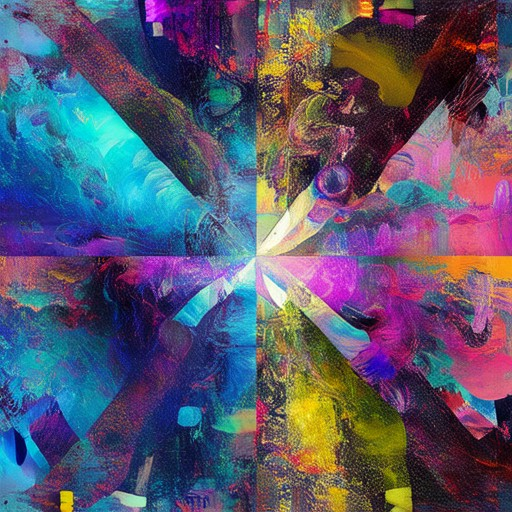
How to Tell If an Artist Is Underground
Identifying an underground artist involves assessing several key aspects of their career, output, and reception:
- Distribution Channels: Underground artists often bypass mainstream record labels, relying instead on platforms like Bandcamp, SoundCloud, or YouTube for distribution.
- Music Style: Their work may experiment with less mainstream genres, such as experimental hip-hop, avant-garde rock, or niche electronic music, often blending genres or incorporating non-traditional elements.
- Reach and Recognition: They typically lack widespread radio play, major festival bookings, and commercial success, with smaller, dedicated fanbases built through word-of-mouth and local performances.
- Social Media Presence: While they may have a strong online following, this doesn’t guarantee their status as underground; it’s more about their overall visibility and influence.
- Community Engagement: Underground artists often collaborate with other unsigned musicians, participate in DIY scenes, and perform at smaller venues or indie festivals.
- Visual Identity: Their branding and presentation, such as album covers and styling, tend to be more personal and less mass-produced.
- Discography: They may release music consistently, often experimenting and less focused on chasing trends.
- Collaborations and Features: They may work with unsigned bands or producers rather than established names, lacking high-profile guest appearances.
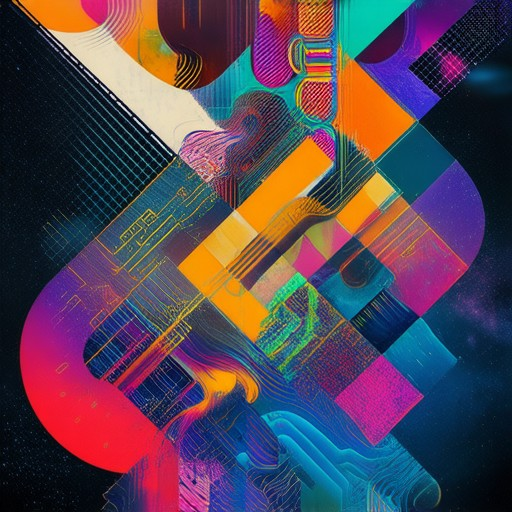
Understanding the Difference Between EDM and Underground Music
EDM (Electronic Dance Music) and Underground Music are two distinct genres within the electronic music spectrum, each with its own unique characteristics, scenes, and fanbases. While they share common roots in dance music, their differences lie in their production styles, audience appeal, and cultural contexts.
EDM
EDM, or Electronic Dance Music, encompasses a broad range of subgenres that blend elements of house, techno, trap, drum and bass, and pop. It is characterized by its high-energy beats, hypnotic rhythms, and often commercial appeal. EDM has gained significant popularity worldwide, with massive festivals like Tomorrowland and Ultra attracting millions of attendees annually.
- Production: Polished, professional tracks often featuring prominent vocals and catchy melodies.
- Audience: Broad and inclusive, appealing to fans of various music genres.
- Events: Large-scale, commercially successful festivals and concerts.
- Artists: Major labels and household names like Swedish House Mafia, David Guetta, and Calvin Harris.
Underground Music
Underground music refers to a niche scene within the EDM community that prioritizes experimentation, innovation, and authenticity over mainstream success. This genre is often associated with smaller, independent artists and producers who push creative boundaries, blending genres like abstract hip hop, jungle, and glitch-hop.
- Production: Experimental, raw, and often lo-fi, with a focus on unique sounds and textures.
- Audience: Niche and passionate, consisting of true believers of the genre.
- Events: Small, intimate gatherings or DIY events often held in unconventional venues.
- Artists: Independent creators like Flying Lotus, Burial, and The Cinematic Orchestra, who may not achieve mainstream recognition.
Differences to Keep in Mind
While both genres share a love for electronic music, their approaches differ significantly:
- Commercial Appeal: EDM targets a broader audience, while Underground Music appeals to a dedicated, like-minded community.
- Cultural Impact: EDM has a global reach, whereas Underground Music often operates outside mainstream consciousness.
- Production Values: EDM frequently features high-quality production, whereas Underground Music may embrace imperfections and rawness.
Both genres contribute uniquely to the electronic music landscape, offering something distinct for listeners seeking different experiences. Whether you prefer the energy of mainstream EDM or the authenticity of Underground Music, there’s something to appreciate in the diversity of electronic sound.
For more information on the genres we’ve discussed, check out our EDM Genres and Underground Music pages for deeper dives into these fascinating worlds.
What is EDM Called Now?
- House Music: A subgenre of EDM that originated in Chicago in the 1980s, characterized by its hypnotic beats and repetitive rhythms.
- Techno: Known for its fast tempos and industrial-influenced sounds, techno has a roots in Detroit and is a cornerstone of the EDM scene.
- Trance: Features lengthy, continuous beats and atmospheric soundscapes, often used in raves and festivals worldwide.
- Drum and Bass: A UK-based genre that blends heavy basslines with intricate drum patterns, popularized in the jungle scene.
EDM has evolved significantly since its early days, influencing pop culture, fashion, and even mainstream music. Major festivals like Festival Name showcase EDM artists alongside other genres, further cementing its global appeal.
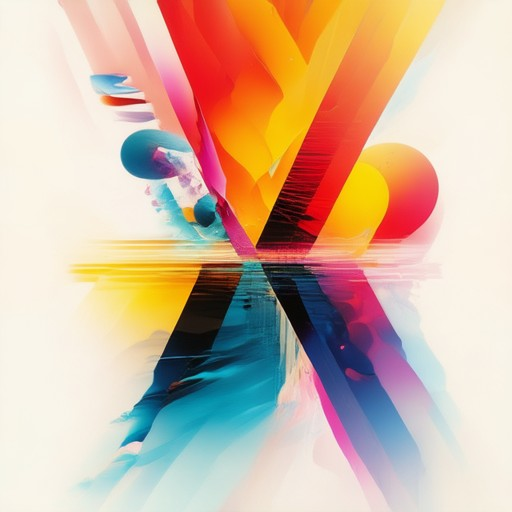
Underground Rave Music
Underground rave music refers to a vibrant and often illicit subculture centered around electronic dance music (EDM) and related genres. These events typically occur at unauthorized or secret gatherings, bypassing traditional venues and regulations. The style is deeply rooted in the early 1990s dance music scene, characterized by high-energy beats and a diverse array of sub-genres.
History and Context
The roots of underground rave culture trace back to the UK’s acid house and rave movements of the late 1980s. These parties became famous for their all-nighters, illegal locations, and the use of drugs like MDMA. Over time, the scene evolved to encompass a wider range of electronic music styles, including drum and bass, dubstep, trap, breakcore, happy hardcore, trance, techno, hardcore, and house.
Subgenres and Styles
- Techno: Known for its hypnotic rhythms and industrial influences, popularized by artists like Carl Cox and Adam F.
- House: A more melodic and emotive style, often associated with Chicago house pioneers like Jesse Saunders.
- Drum and Bass: Characterized by fast tempos and heavy basslines, featuring artists like Goldie and Dillinja.
- Dubstep: A brooding, atmospheric genre that gained prominence in the UK, popularized by labels like Tempa.
- Trap: A modern take on the genre, blending Southern hip-hop influences with heavy basslines.
Notable Artists and Festivals
Some of the most influential names in underground rave music include Daft Punk, Fatboy Slim, and The Prodigy. Major events like Love Parade and Glastonbury Festival have also played crucial roles in promoting the culture. These gatherings often feature multiple DJs and live performances, creating a immersive experience for attendees.
Cultural Impact
Underground rave music has left a lasting mark on contemporary music and culture. It has influenced mainstream EDM acts and inspired new generations of producers. The scene continues to thrive, with new events popping up globally, despite the challenges of organizing illegal parties.
Conclusion
Underground rave music is more than just a musical genre—it’s a subculture defined by its rebellious spirit and connection to the dancefloor. Whether you’re a seasoned raver or a curious newcomer, the energy and creativity of this scene are undeniable. Its legacy lives on through the dedication of fans and the relentless pursuit of innovation in music and event production.

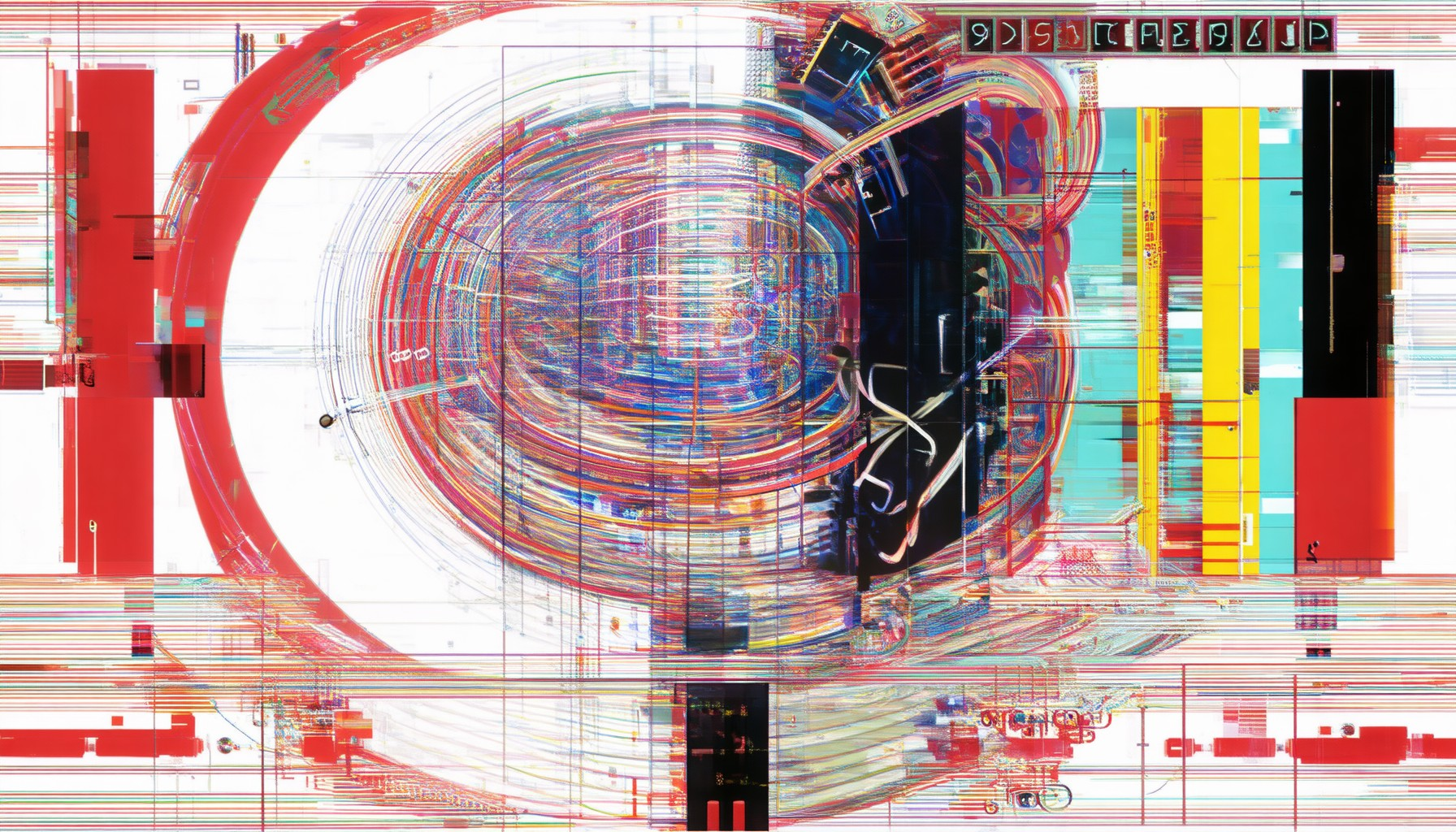
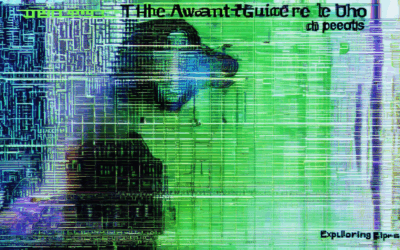
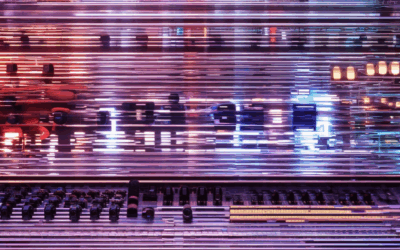

0 Comments